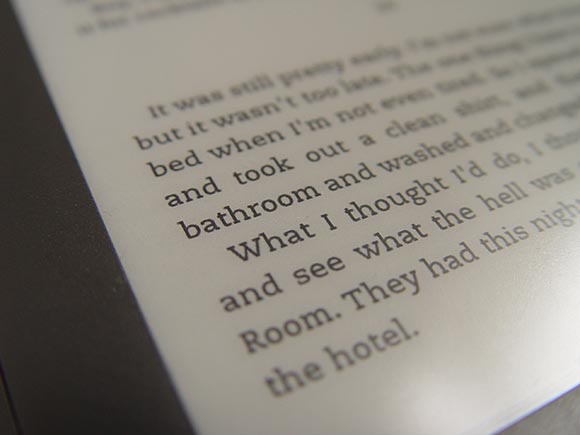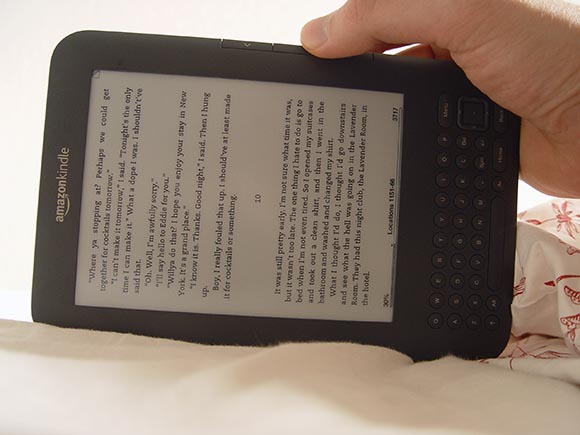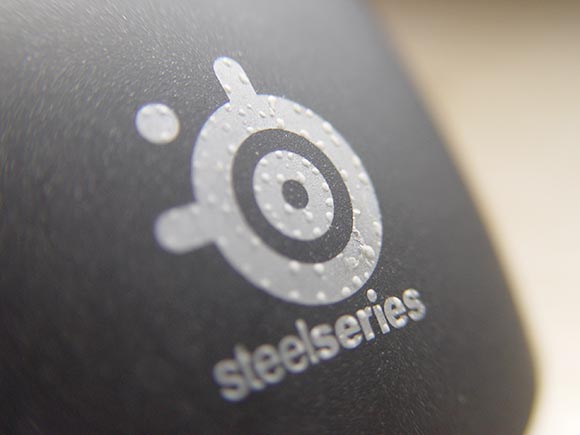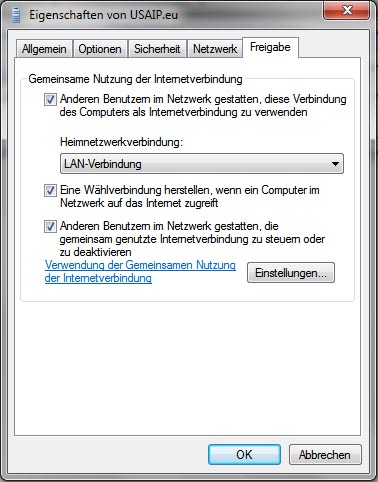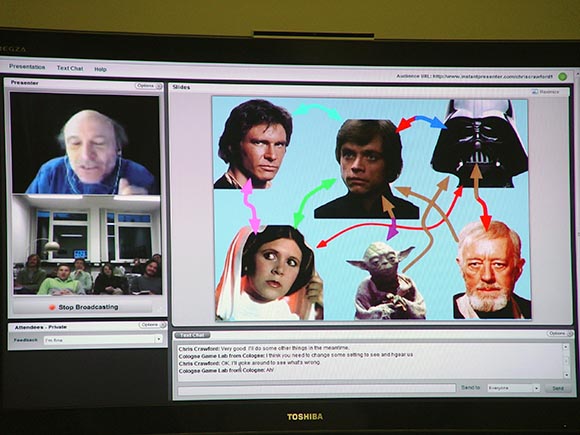Here is something cool I have stumbled across recently. It turns out that an active community of enthusiasts managed to completely re-create the old strategy game Transport Tycoon Deluxe. And by re-create I mean re-create and improve beyond belief. The project is called Open TTD.
It’s a weird when you think about it. Transport Tycoon Deluxe was made by Chris Sawyer way back in the 90ies. Chris later made the super-popular Rollercoaster Tycoon series. Afterwards, he returned to Transport Tycoon. The new sequel was called Locomotion but it didn’t really catch on. Chris adopted many interface concepts from Rollercoaster Tycoon. As a result, building train tracks was very complicated. The tracks ended up looking impossibly convoluted, resembling roller coasters instead of real train tracks. Additionally, there was a very clear focus on trains. Other means of transportation played a minor role. I’m guessing that because of all these reasons, the Transport Tycoon fan community didn’t move on to Locomotion.
Instead they have created their own version of Transport Tycoon. And indeed, being a Transport Tycoon veteran myself, Open TTD is like all my dreams coming true. The advanced version has bigger maps, trams, articulated road vehicles, more airports, updated train signs, time schedules, a multi-player mode over the internet and hundreds of tiny but incredibly time-saving interface tweaks. The game is made specifically for modding. There are plenty of additional packs available that introduce new vehicles, scenery or simply adjust some gamelay-relevant values. They even re-created all the graphics so they can offer the game for free.
I especially enjoy running the game in full resolution on my 27″ is nothing short of breath taking. All graphics are hand-pixeled and made for much lower resolutions so the screen becomes incredibly detailed and dense with information. I can totally understand that the group is now working on a graphics set in a higher resolution. However, looking at the preliminary results, I’m skeptical. They use 3D packages so it’s much more difficult to maintain a consistent style. Also, the unrealistic proportions of the game become apparent. In the end, the game just loses it’s hand-crafted appeal. I would stick to the original graphics for now.
But otherwise, it’s an amazing project and worth checking out! (WARNING: Highy Addictive)




